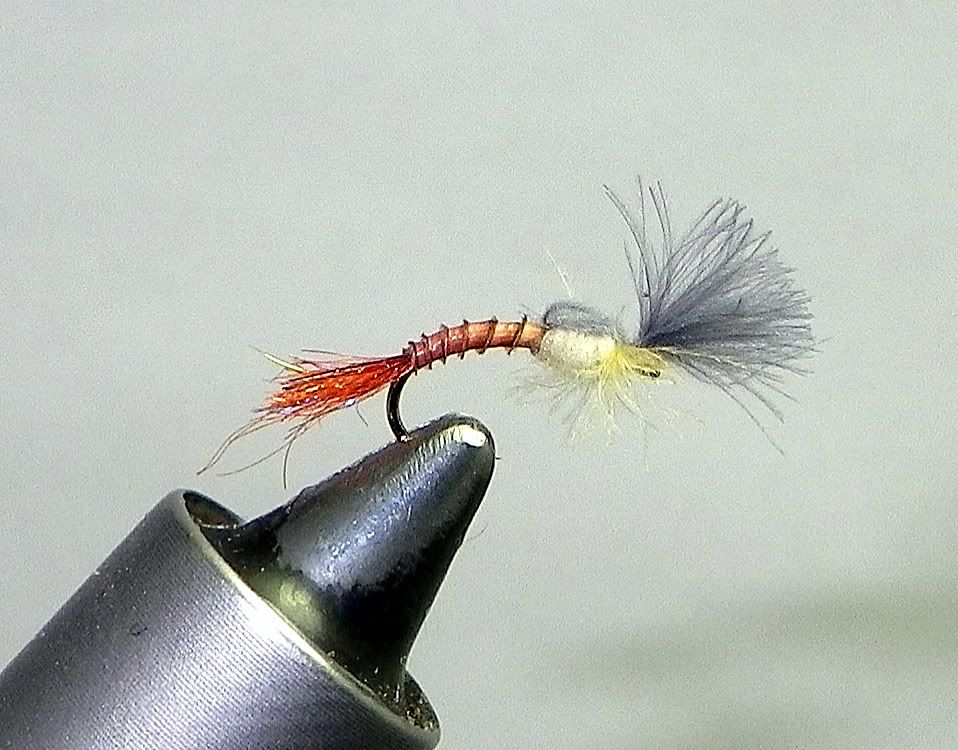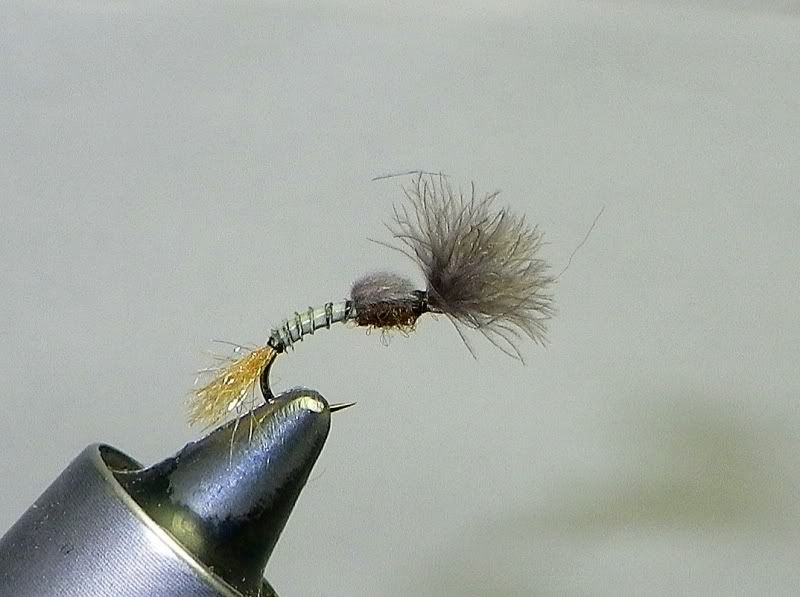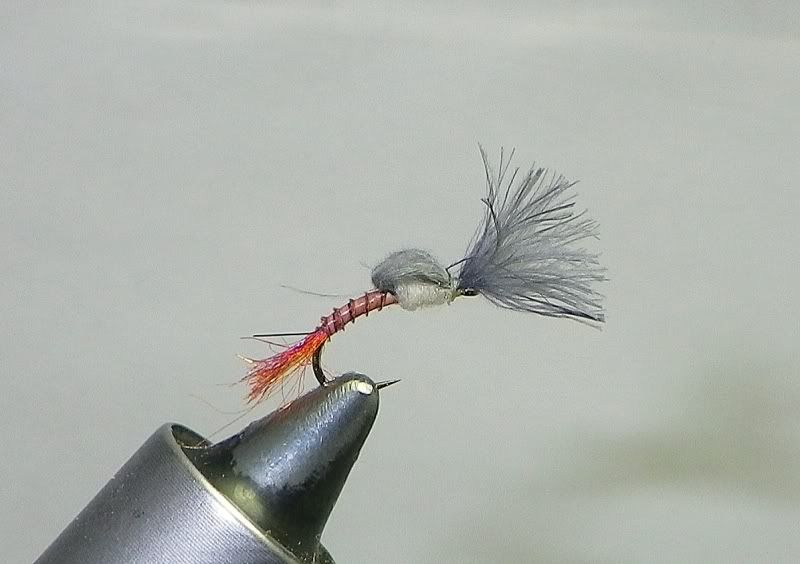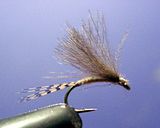

Originally Posted by
Byron haugh

I would like to take a poll of this, but don't seem able to do so.
What I am after is the general style of pattern, I.e.
Standard up wing/catskil type
Parachute
Paraloop
Comparadun
Sparkle dun
Cut wing/burnt wing
Etc, etc
Not looking for emerger patterns, floating nymphs, etc
Thank you,
Byron
Byron, I would be of the Sparkle Dun school, but I think its a crossover emerger due to the shuck. I have settled on a particular style of emerger that I prefer during the time the duns are on the water, due to its effectiveness at helping those picky fish decide to eat. I know you were specific about not listing emergers, but this is my most effective fly when duns are present, next would be a Sparkle Dun, followed by a parachute Adams. Here is a pic or two. Some call it a Smokejumper, but in my research of the original Smokejumper fly, this is quite different. I call these Parasol Jumpers:



Kelly.
Tight Lines,
Kelly.
"There will be days when the fishing is better than one's most optimistic forecast, others when it is far worse. Either is a gain over just staying home."
Roderick Haig-Brown, "Fisherman's Spring"




 Reply With Quote
Reply With Quote




